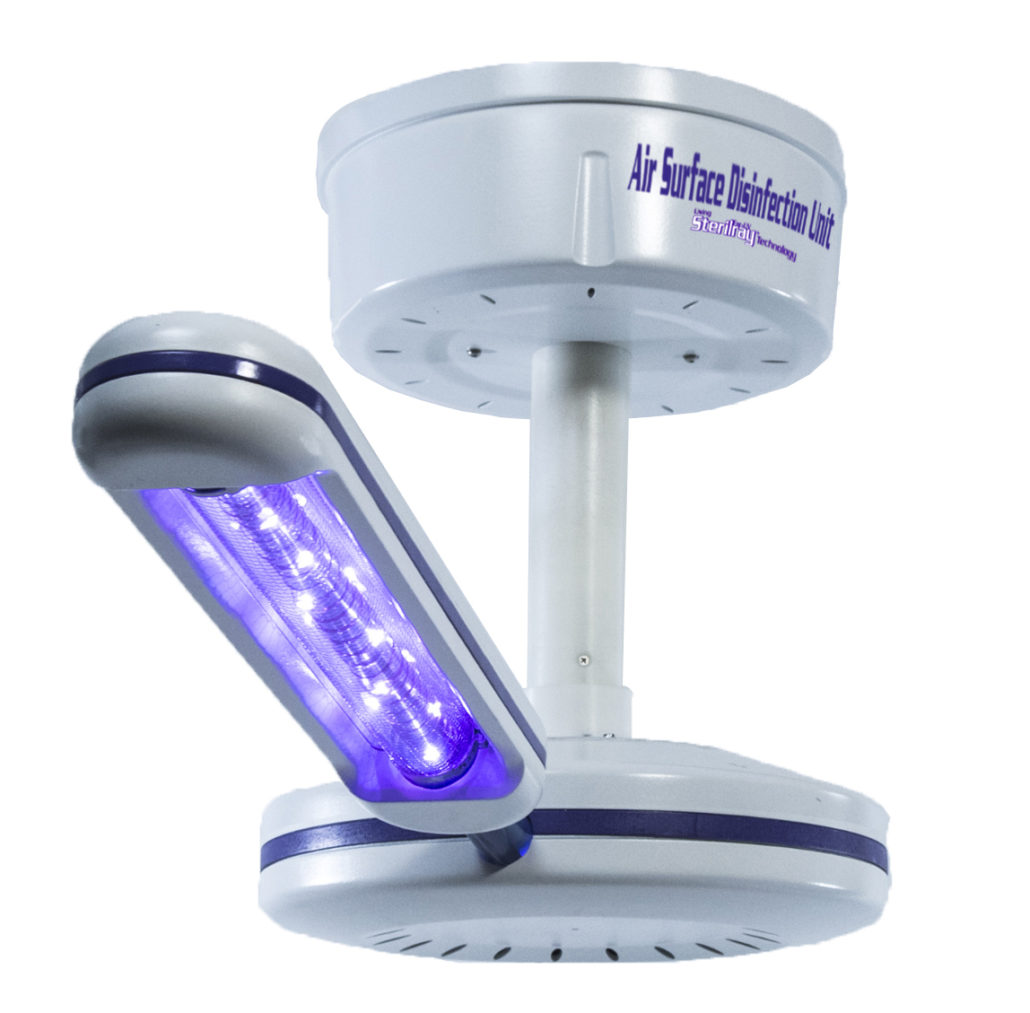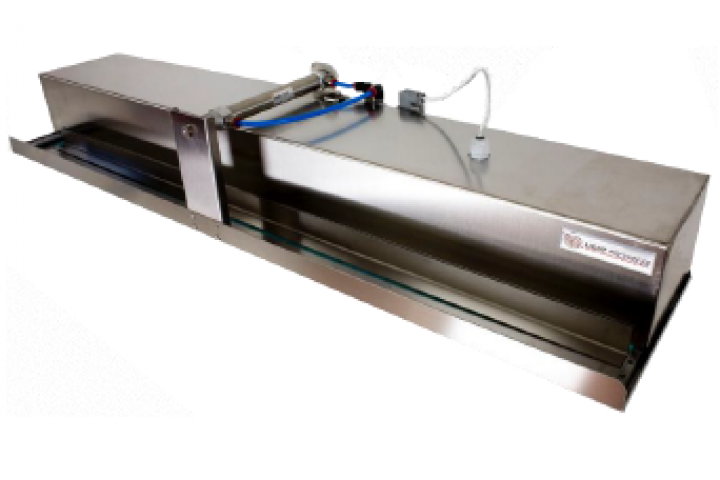Checking Out UV Disinfection: An Important Tool in the Battle Against Dangerous Microorganisms
As the world faces an ever-increasing threat from unsafe virus, the search for effective techniques of disinfection has actually come to be an urgent concern. One such approach that has amassed substantial focus is UV disinfection. In this discussion, we will certainly dig right into the world of UV sanitation, revealing its prospective as an important tool in the fight against dangerous microorganisms.
How Does UV Disinfection Job?
UV disinfection works by using ultraviolet (UV) light to eliminate unsafe microorganisms and avoid their spread. This extremely effective technique involves using UV radiation to disrupt the DNA and RNA of bacteria, rendering them not able to duplicate and creating their best destruction.
When UV light is used for disinfection, it is normally emitted from a lamp or light bulb that generates a particular wavelength of UV-C light. uv surface disinfection. This wavelength, varying from 200 to 280 nanometers, is especially efficient at passing through the external cell wall surface of microorganisms, viruses, and other microorganisms. As soon as inside the cell, the UV radiation targets and harms the hereditary product, preventing the microorganism from recreating and creating infection
UV disinfection systems are designed to give off the suitable intensity and period of UV light to make sure reliable pathogen removal. The dosage of UV light needed for disinfection depends on factors such as the sort of microorganism, its resistance to UV radiation, and the specific application. Furthermore, the system needs to be very carefully engineered to make sure proper direct exposure of the target microorganisms and to stay clear of any type of possible damage to human beings or the setting.
The Advantages of UV Disinfection
UV disinfection offers a plethora of advantages in effectively getting rid of hazardous virus and decreasing the danger of infection. One of the main advantages of UV sanitation is its capability to provide a eco friendly and chemical-free remedy. Unlike traditional sanitation methods that count on chemicals, UV sanitation utilizes ultraviolet light to destroy the DNA and RNA of bacteria, rendering them incapable to duplicate and trigger infections. This chemical-free method makes sure that no unsafe residues are left, removing any type of prospective wellness dangers associated with chemical disinfectants.
Another substantial advantage of UV disinfection is its performance in killing a wide variety of virus. UV light has been verified to efficiently remove microorganisms, infections, fungis, and protozoa, including those that are resistant to typical anti-bacterials. This broad-spectrum efficiency makes UV sanitation a functional device in various settings, such as health care centers, water therapy plants, and food processing sectors.
Along with its efficiency, UV disinfection also uses quick sanitation cycles. Unlike other approaches that need extended contact times or recurring applications, UV sanitation can accomplish significant virus reduction immediately. This efficient and quick process enables improved efficiency, lowered downtime, and increased overall functional performance.
Moreover, UV disinfection is a non-contact approach, which indicates that it does not call for direct physical call with the things or surface areas being decontaminated. This attribute makes it suitable for usage on delicate devices and sensitive materials that may be harmed or influenced by other sanitation methods.
Applications of UV Disinfection in Health Care

UV sanitation is likewise used in the sterilization of medical tools and tools (uv surface disinfection). The high strength of UV light can effectively eliminate microorganisms, infections, and various other microbes, guaranteeing that clinical devices are free and risk-free from pollutants. In addition, UV sanitation is used in water treatment systems within health care facilities. UV light can inactivating hazardous microorganisms, infections, and parasites, making the water risk-free for intake and reducing the risk of waterborne infections.
Moreover, UV sanitation modern technology is employed in the disinfection of health care uniforms and personal safety tools (PPE) By utilizing UV light, healthcare experts can make sure that their see here now attires and PPE are free from pathogens, preventing the transmission of infections between people and health care employees.
UV Disinfection in Public Spaces
Public spaces are progressively applying UV disinfection modern technology as a vital step to battle the spread of hazardous pathogens. With the continuous international pandemic and the consistent threat of transmittable illness, the need for reliable disinfection techniques in public areas has actually come to be critical. UV sanitation offers a dependable and reliable remedy in this respect.

UV disinfection systems make use of ultraviolet light to shut down the DNA and RNA of germs, infections, and other microorganisms. The usage of UV sanitation innovation in public areas not just helps in decreasing the threat of infection however also imparts self-confidence among the public concerning their safety.
As public spaces remain to adjust to the obstacles posed by transmittable conditions, UV sanitation modern technology plays an essential function in guaranteeing a clean and secure atmosphere. By executing such steps, public spaces can properly mitigate the spread of harmful pathogens and add to the total wellness of the community.
The Future of UV Disinfection Modern Technology
As the need for enhanced disinfection methods proceeds to expand in response to the ongoing international pandemic and the continuous risk of infectious diseases, the future of UV disinfection modern technology holds appealing developments in ensuring a lot more reliable and effective virus elimination in different settings.

One location of improvement is the advancement of even more small and mobile UV disinfection gadgets. Furthermore, developments in automation and robotics are being discovered to boost the performance and efficiency of UV disinfection processes.
Another area of exploration is making use of UV disinfection in air purification systems. By integrating UV-C lights into heating and cooling systems, air-borne virus check these guys out can be properly neutralized, reducing the danger of transmission in interior environments.
Additionally, scientists are investigating the use of UV disinfection in food processing centers to guarantee the safety and security and quality of food. UV-C light has actually been found to be effective in removing foodborne pathogens, supplying a chemical-free alternative to typical sanitation approaches.
Verdict
In verdict, UV sanitation is a crucial device in the battle versus dangerous virus. With its capability to give a environmentally pleasant and chemical-free method of disinfection, UV technology holds excellent possible for the future.
UV disinfection systems are developed to send out the suitable intensity and duration of UV light to make certain efficient virus removal. The dose of UV light needed for sanitation depends on aspects such as the type of microorganism, its resistance to UV radiation, and the certain application. Unlike standard sanitation techniques that Going Here count on chemicals, UV disinfection utilizes ultraviolet light to destroy the DNA and RNA of bacteria, rendering them incapable to recreate and cause infections.In enhancement to its efficiency, UV sanitation likewise provides quick disinfection cycles. One of the primary applications of UV sanitation in health care is in the disinfection of patient spaces and operating cinemas.